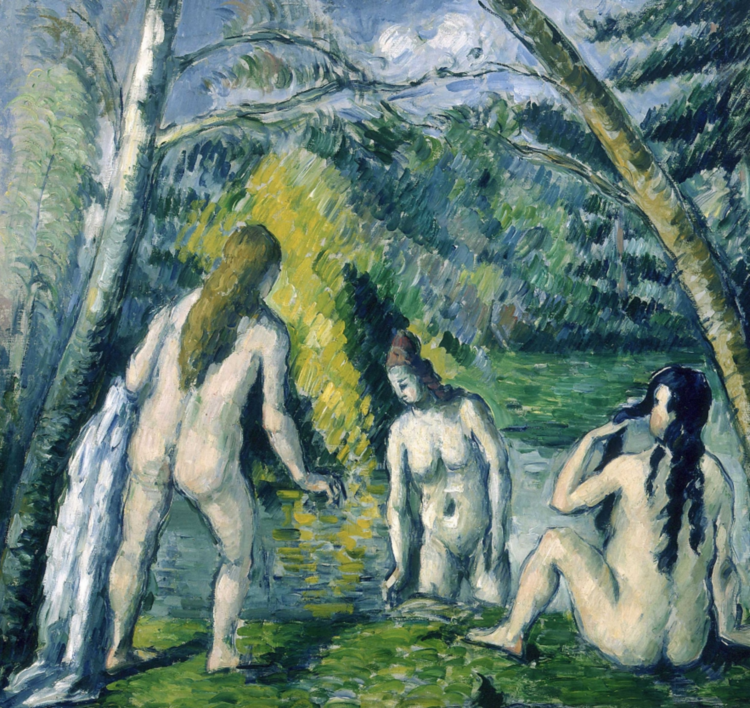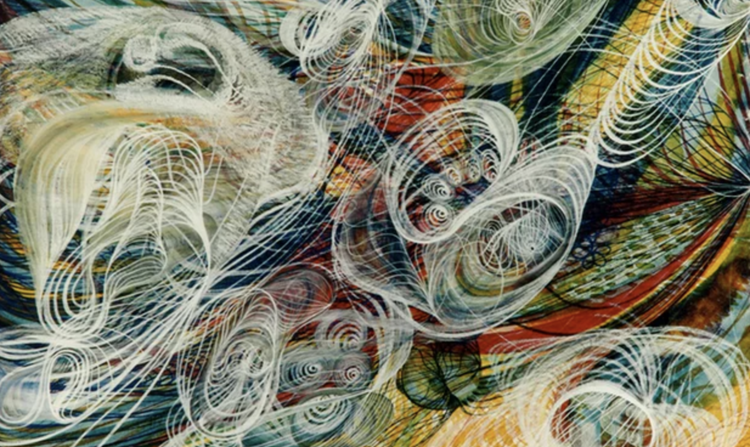In the creative industries we set out to inspire our clients and consumers. We want to prompt them to think, feel and behave differently. But do we expose ourselves often enough to the inspiration of others? Do we seek out stimulus, surround ourselves with craft and creativity? How can we expect to inspire others, if we are not inspired ourselves?
Two exhibitions currently running in London shed light on where the great artists of the past found their inspiration.
Painters’ Paintings
‘The possessing [of] portraits by Titian, Vandyke, Rembrandt, & c., I considered as the best kind of wealth.’
Sir Joshua Reynolds
The National Gallery is hosting an excellent exhibition of paintings owned by painters. We see samples from the personal collections of van Dyck, Reynolds, Degas, Matisse, Freud and more. (Painters’ Paintings runs at the National Gallery until 4 September.)
It’s clear that these artists were themselves passionate about the art of others. Degas collected the works of Ingres and Delacroix whom he had admired and copied as a student. In his later years he also sponsored struggling younger artists like Van Gogh and Gaugin. Lucian Freud was inspired by the strong features and direct style of Corot’s portraiture. Alongside works by Degas, Constable and Auerbach, he kept a small Cezanne painting in his drawing room. He found it ‘erotic and funny’ and reinterpreted it in one of his own pieces.

The Three Bathers by Paul Cézanne
Matisse was an avid art collector throughout his life. He bought Cezanne’s Three Bathers quite early in his career and had to pay for it in instalments. He later wrote about how much the piece meant to him.
‘This picture has sustained me morally in the critical moments of my venture as an artist. I have drawn from it my faith and my perseverance.’
Matisse also exchanged pictures with his rival Picasso. Theirs was a competitive relationship (‘Picasso shatters forms. I am their servant.’), but also one of mutual admiration. When in his later years Matisse sold off much of his collection, he never released any of his Picassos.
‘Only one person has the right to criticise me. It’s Picasso.’
Of course, not all the artists were collecting paintings for love and inspiration. Some were simply investing in the area they knew best. Others, like Frederick, Lord Leighton, may have been buying great artists to reinforce their own status and prestige. Indeed such was Joshua Reynolds’ sense of being heir to the Grand Masters that he seems to have ‘completed’ one work in his collection one hundred years after it was painted.
Whatever the precise motivation for purchase, these artists lived and worked surrounded by the art that they admired. They could not help but be provoked, encouraged, stimulated and inspired.
Georgiana Houghton’s Spirit Drawings
‘In the execution of the drawings my hand has been entirely guided by the spirits, no idea being formed in my own mind as to what was going to be produced.’
In a single room at the Courtauld Gallery, gathered together for the first time in almost 150 years, you can see the work of the Victorian artist, Georgiana Houghton. (The show runs at the Courtauld until 11 September.)
Houghton, born in Las Palmas in 1814, was a committed spiritualist and she didn’t claim her art for herself. Her brightly coloured watercolours were inspired by ‘spirit guides’ whom she encountered at séances in her Paddington home. Initially she channelled deceased family members - her late sister Zilla, a departed uncle - but she subsequently progressed onto the spirits of great artists such as Titian and Correggio.
The reception of the press and public to Houghton’s self-funded and only major exhibition, in 1871, was mixed. Some found her art alien and bewildering. But the News of the World described ‘the brilliance and harmony of the tints’ as like ‘a canvas of Turner’s over which troops of fairies have been meandering, dropping jewels as they went.’ (The arts coverage at the News of the World changed somewhat in subsequent years.)

Whether inspired by a dead relative or a Grand Master, Houghton’s art bears no resemblance to anything you’d expect from a painter of the time. There are richly-wrought spirals and swirls, tangled twisting curls and curves. Reds, golds, greens and purples explode like psychedelic fireworks across the paper. The paintings reminded me a little of the Spirograph I played with as a child. There’s a suggestion of flowers and pearls; sometimes a crown or a monogram; occasionally we see an eye or a face. But for the most part the spirit drawings are abstract. Indeed some have argued that Houghton was the world’s first abstract artist.
In the twenty-first century we may scoff at Georgiana Houghton’s séances and spiritualism. We may regard her approach to her art as eccentric or downright weird. But does her method matter if it took her to genuinely innovative places?
To Inspire You Need to Be Inspired
‘She refused to be bored chiefly because she wasn’t boring.’
Zelda Fitzgerald
The message is simple. Creativity does not exist in a vacuum. It does not flourish in a desert. The creative appetite needs to be sustained by provocation and stimulus, by rivalry and fresh perspectives. It needs to respond to culture, to the revolutionary thinkers of the past and to imaginative visions of the future.
It’s very easy in the hectic world of commercial creativity to get lost in a self-regarding vortex. But the best creatives have a hinterland. I’ve known colleagues who collect punk 45s and vintage ukuleles; who paint and perform poetry; who learn fencing and boogie woogie piano; who enthuse about Christian folk and follies; who carve spoons. It doesn’t have to be art or culture as traditionally defined. It could be graphic novels, dubstep or ashtanga yoga. It could be Pokemon Go for all I care. But it does have to be something. Something you’re passionate about that takes you away from the narrow confines of your day-to-day tasks. Something that inspires you to inspire others.